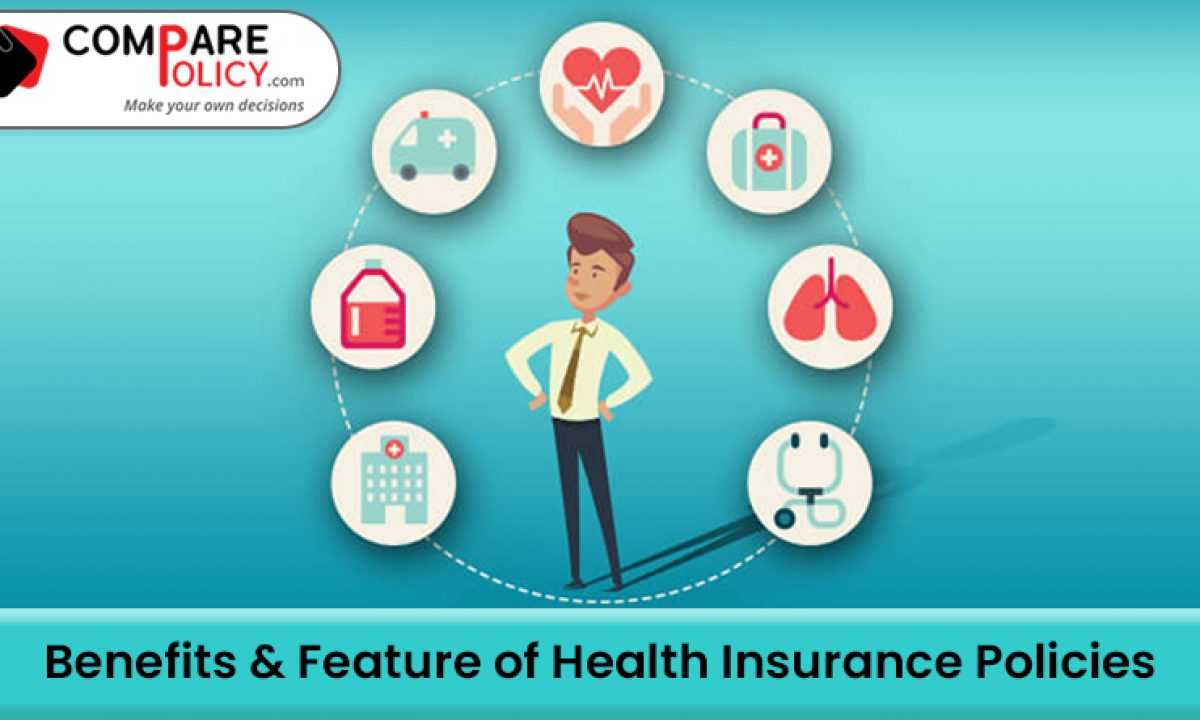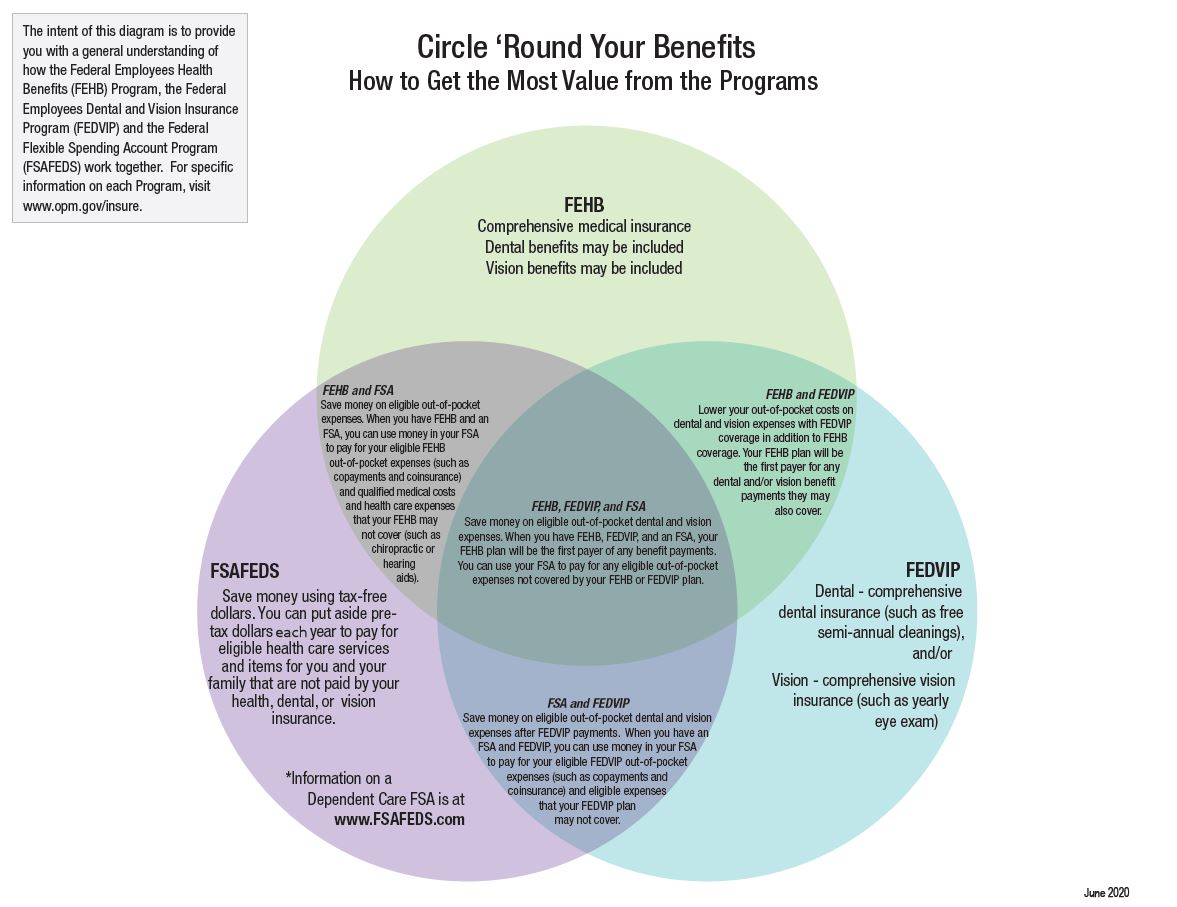Things about Medicare Advantage Agent
Things about Medicare Advantage Agent
Blog Article
Medicare Advantage Agent Fundamentals Explained
Table of ContentsA Biased View of Medicare Advantage AgentOur Medicare Advantage Agent DiariesThings about Medicare Advantage Agent

complies with from puzzling the reasonably young age account of the without insurance with the far better health, usually, of younger individuals. This covers the web link in between health and wellness status and medical insurance. For those without access to office medical insurance, inadequate health and wellness is a potential obstacle to purchasing nongroup coverage due to the fact that such insurance coverage might be extremely priced, exclude preexisting problems, or be simply inaccessible. The number of without insurance Americans is not particularly big and has not altered in current years. Seven out of ten participants in a country wide depictive survey assumed that fewer Americans did not have health insurance policy than actually do(Fronstin, 1998). Approximately fifty percent(47 percent )thought that the number of individuals without wellness insurance reduced or continued to be constant over the latter fifty percent of the last years(Blendon et al., 1999). This drop of practically 2 million in the variety of individuals 'without insurance (a reduction
of about 4 percent)is definitely a favorable change. With a softer economy in 2000 the most recent reported gains in insurance policy protection may not continue(Fronstin, 2001 ). The decline in the number of without insurance will certainly not proceed if the economic situation remains sluggish and health and wellness treatment expenses remain to outpace inflation. This is since the information were gathered for a duration of solid financial efficiency. Of the estimated 42 million people who were uninsured, just about regarding 420,000(regarding 1 percent)were under 65 years old, the age at which most Americans end up being eligible for Medicare; 32 million were grownups in between ages 18 and 65, around 19 percent of all grownups in this age team; and 10 million were youngsters under 18 years old, concerning 13.9 percent of all youngsters (Mills, 2000). These price quotes of the variety of individuals without insurance are created from the yearly March Supplement to the Present Populace Survey (CPS), carried out by the Census Bureau. Unless otherwise noted, nationwide price quotes of individuals without wellness insurance policy and percentages of the population with different sort of coverage are based upon the CPS, one of the most commonly used resource of price quotes of insurance coverage and uninsurance prices. These studies and the estimates they yield are explained briefly in Table B. 1 in Appendix B - Medicare Advantage Agent. These studies differ in size and tasting techniques, the concerns that are asked about insurance coverage
The 30-Second Trick For Medicare Advantage Agent
insurance coverage, and the time duration over which insurance protection or uninsurance is measured(Lewis et al., 1998, Fronstin, 2000a ). Still, the CPS is specifically helpful because it creates yearly quotes reasonably rapidly, reporting the previous year's insurance coverage estimates each September, and because it is the basis for a constant set of price quotes for greater than two decades, enabling evaluation of trends in protection with time.
3 Easy Facts About Medicare Advantage Agent Shown
Over a three-year duration beginning early in 1993, 72 million people, 29 percent of the united state populace, were without protection for at the very least one month. Within a solitary year(1994), 53 million individuals experienced at least a month without protection(Bennefield, 1998a). Six out of every 10 without insurance adults are themselves employed. Although working does boost the chance that a person and one's family members will certainly have insurance coverage, it is not an assurance. Even participants of family members with 2 full time wage earners have practically a one-in-ten possibility of being uninsured (9.1 percent uninsured rate)(Hoffman and Pohl, 2000 ). The relationship between medical insurance and accessibility to care is well established, as documented later in this phase. Although the partnership between medical insurance and health and wellness end results is neither direct neither easy, a considerable scientific and wellness services study literary works web links medical insurance protection
to enhanced access to care, far better quality, and boosted individual and populace wellness standing. The 2nd report, on personal wellness end results for without insurance adults, is stood for by the inner circle of the figure, while the third record, on household well-being, incorporates the topics of the 2nd report but stresses a various system of analysis, specifically, the family. The sixth record in the series will offer info regarding go right here techniques and initiatives undertaken in your area, statewide, or country wide to deal with the absence of insurance coverage and its unfavorable impacts. Degrees of analysis for examining the results of uninsurance. This discussion of health insurance policy coverage concentrates mainly on the united state population under age 65 due to the fact that essentially all Americans 65 and older have Medicare or other public insurance coverage.
It concentrates especially on those without any kind of wellness insurance for any length of time. The problems faced by the underinsured are in some respects similar to those faced by the uninsured, although they are typically less severe. Uninsurance and underinsurance, nonetheless, entail clearly various plan concerns, and the approaches for resolving them may vary. Throughout this study and the five records to adhere to, the major emphasis is on persons with no health insurance and thus no assistance in paying for healthcare beyond what is available through charity and safety internet establishments. Medical insurance is a powerful factor influencing invoice of care because both patients and medical professionals react to the out-of-pocket price of services. Wellness insurance coverage, however, is neither necessary neither adequate to access to medical services. The independent and direct impact of health and wellness
insurance insurance policy on access accessibility health health and wellness solutions well establishedDeveloped Others will acquire the healthcare they need even without medical insurance, by spending for it expense or seeking it from companies who supply care free or at very subsidized rates. For still others, wellness insurance alone does not make certain receipt of treatment as a result of other nonfinancial obstacles, such as a lack of healthcare companies in their area, restricted accessibility to transportation, illiteracy, or etymological and social differences. Official study regarding without insurance populations in the United States dates to the late 1920s and very early 1930s when the Board on the Cost of Medical Treatment generated a series of reports concerning financing doctor workplace visits and hospitalizations. This concern became prominent as the varieties of clinically indigent climbed up during the Great Depression. Empirical studies constantly sustain the link between access to care and improved wellness outcomes(Bindman et al., 1995; Starfield, 1995 ). Having a normal resource of treatment can be taken into consideration a predictor of gain access to, as opposed to a straight procedure of it, when wellness end results are themselves used as access signs. This expansion of the idea of accessibility dimension was made by the IOM Board on Monitoring Access to Personal Health And Wellness Treatment Provider(Millman, 1993, p. Whether moms and her comment is here dads are guaranteed appears to affect whether or not their children receive care as well as how much careeven if the children themselves have coverage(Hanson, 1998). The health of parents can affect their ability to care for their youngsters and the degree of family members anxiety. Bothering with their kids's access to care is itself a resource of stress and anxiety for moms and dads. 3 chapters follow in this record. Phase 2 supplies an introduction of exactly how employment-based health and wellness insurance coverage, public programs and individual insurance coverage operate and interact to give considerable yet incomplete coverage of the united state population. This consists of an evaluation of historical fads and public laws influencing both public and personal insurance, a conversation of the communications among the various sorts of insurance policy, and an exam of why people move from one program to one more or end up

Report this page